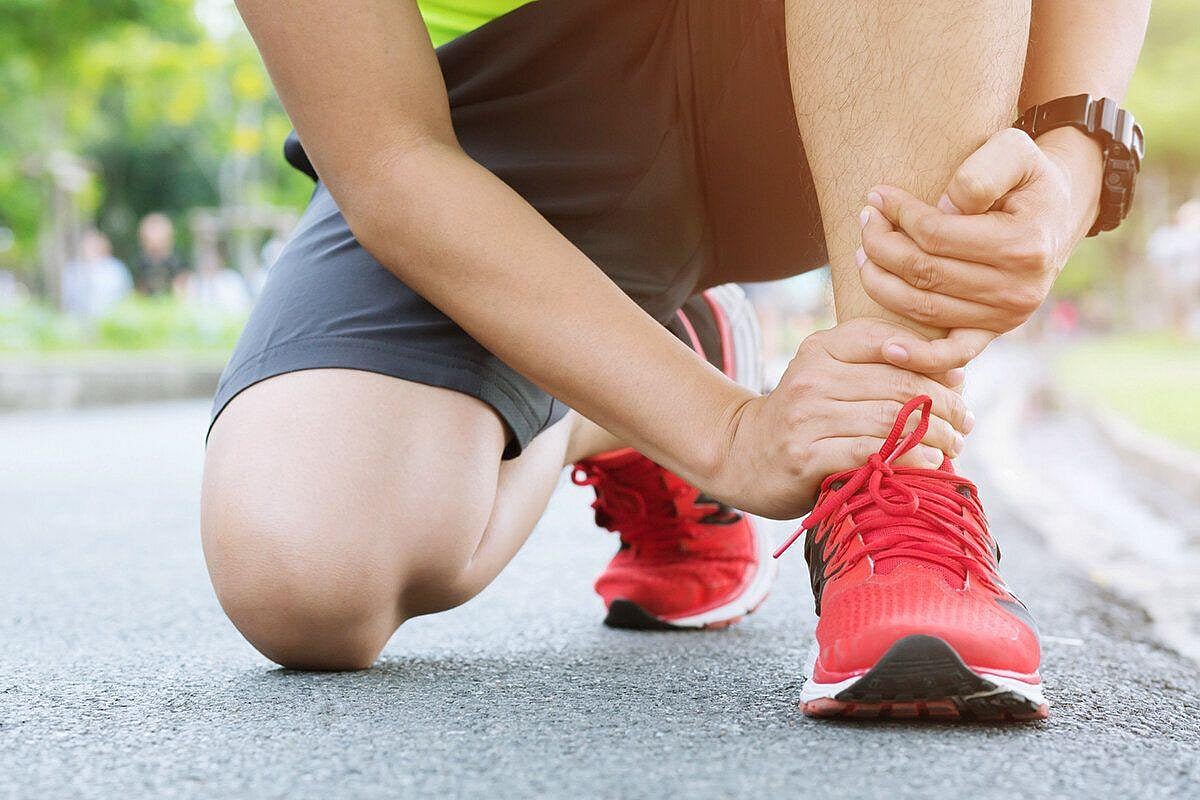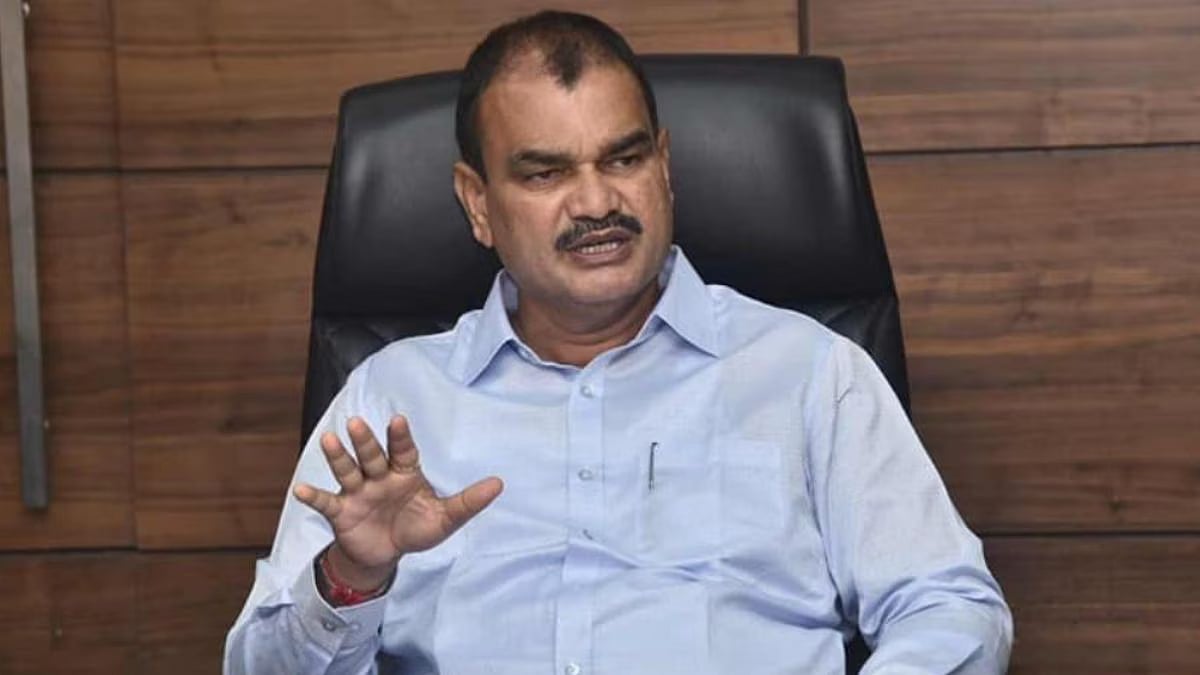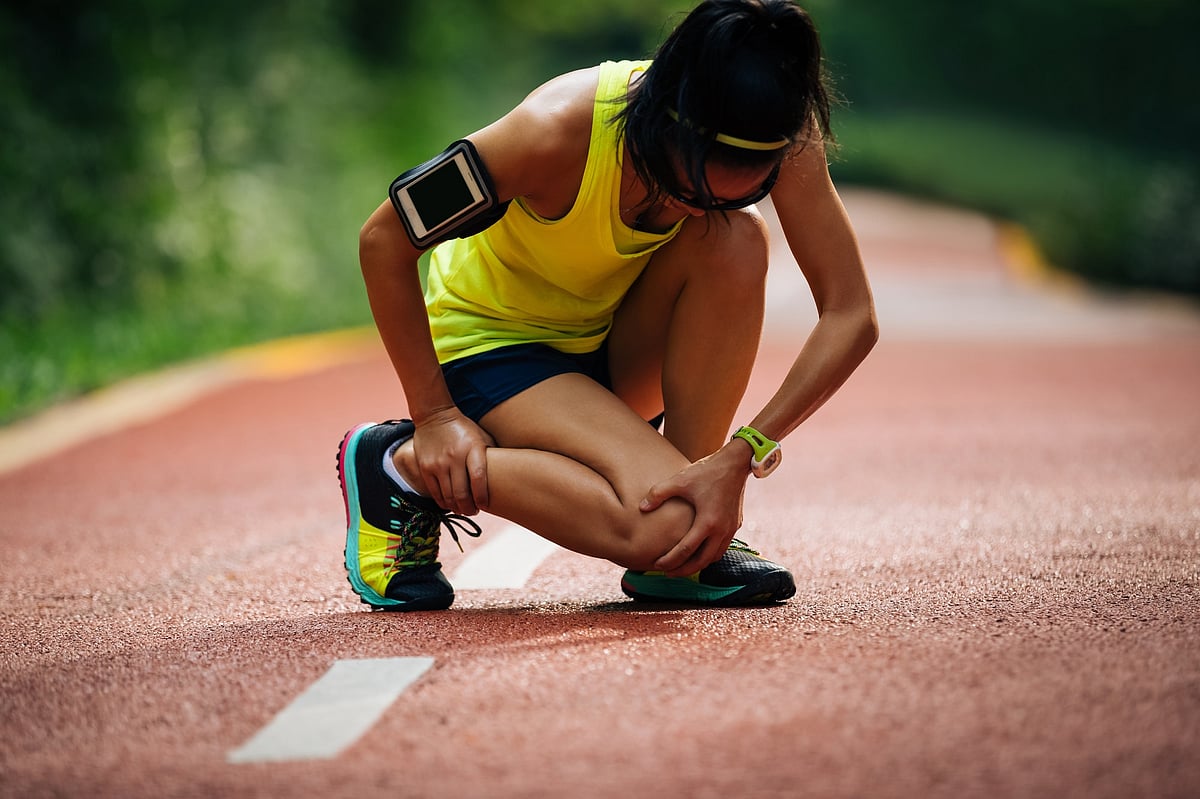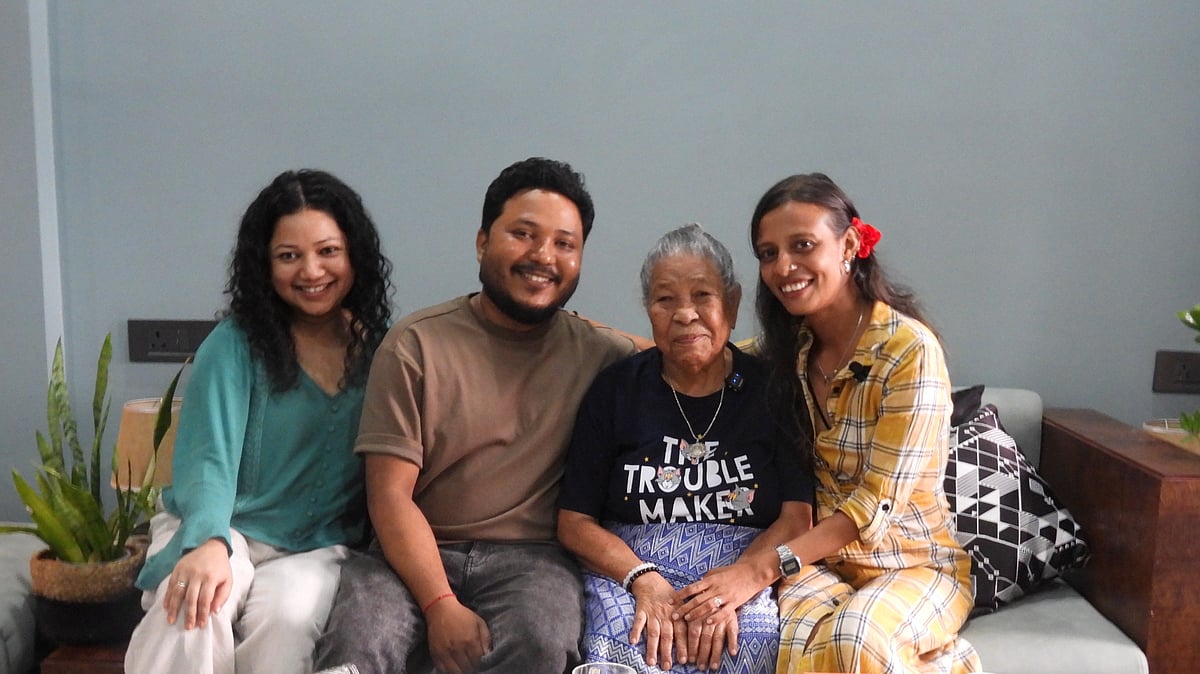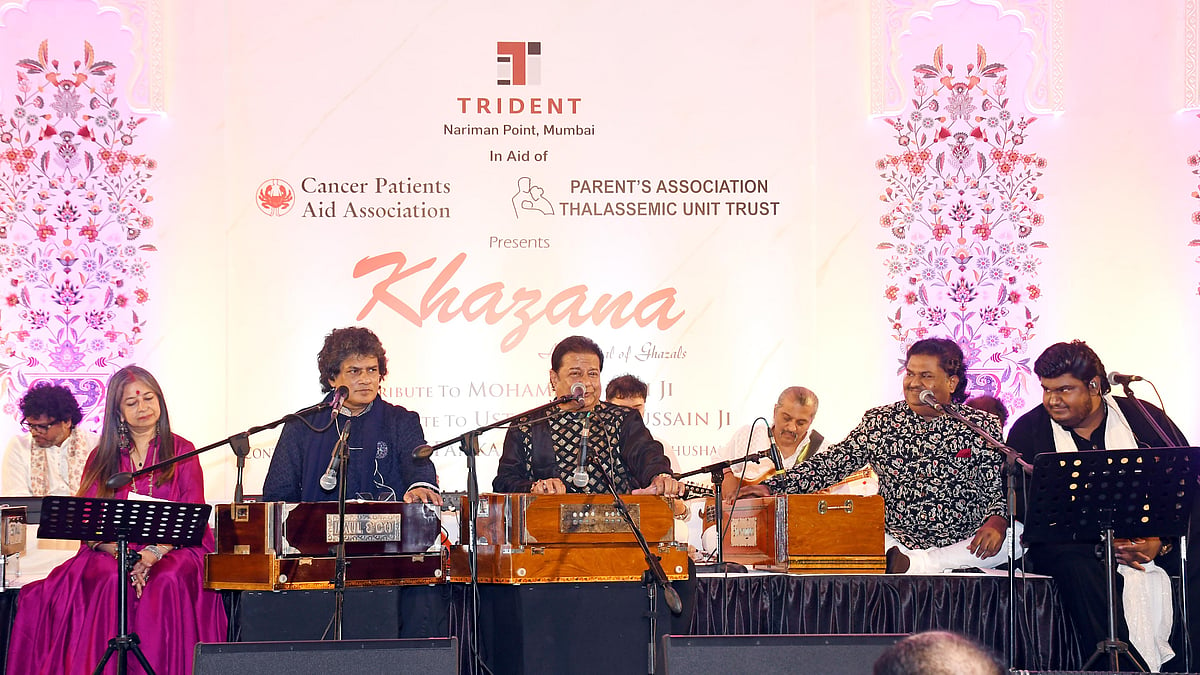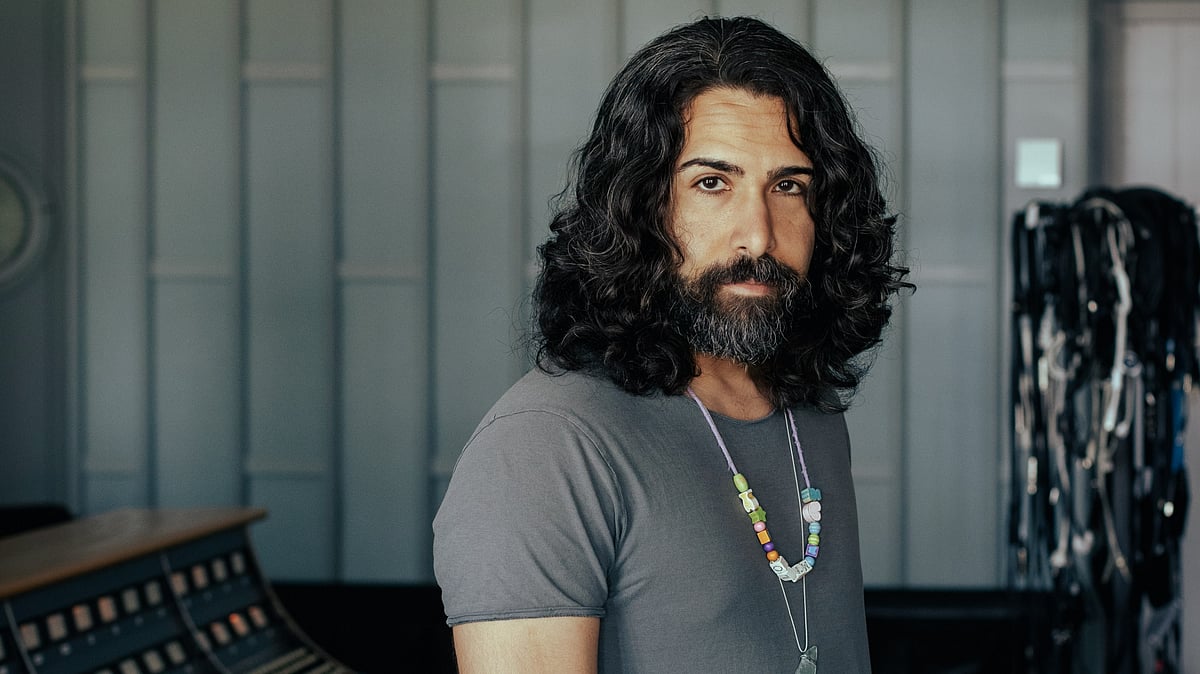With the increasing popularity of sports worldwide, greater attention has been paid to sport-related head injuries. The number of adults participating in sports has gradually been increasing in India. In this context, the number of elementary and junior high school students experiencing head injuries has increased. Ensuring appropriate sport-related head injury management becomes more important as the number of participants grows.
If you are someone who loves to play sports, then you surely must be aware of sports injury. It is something that almost everyone involved in physical activity has experienced at some point of time. The most common sports injuries are sprains, knee injuries, swollen muscles, back pain, and others. Most of the people opt for painkillers to treat them. Then there are some serious injuries that relate to the head and face. While one may not notice the exact damage immediately, these are not something one should ignore. Head injuries are damage to the scalp, skull, or brain caused by trauma. When it affects the brain, they’re called a traumatic brain injury, or TBI.
To most people, head injuries are considered an acceptable risk when engaging in sports and other types of recreational activities. But they’re dangerous. They can lead to permanent disability, mental impairment, and even death. There are steps you can take to lower the risk and protect yourself and your children.
There are many different types of head injuries:
Concussion. This is the most common type of head injury. A concussion is a type of traumatic brain injury (TBI) that happens when the brain is jarred or shaken hard enough to bounce against the skull. It can range from mild to severe. You don't have to be hit in the head to get a concussion. An impact elsewhere on the body can create enough force to jar the brain.
Contusion. A bruise on the actual brain itself is called a contusion. It can cause bleeding and swelling.
Intracranial hematoma (ICH). This is bleeding under the skull in the brain that forms a clot. Brain hematomas range from mild to severe and are grouped according to where they form.
Skull fracture. Sometimes, a broken skull bone can affect the brain. The broken pieces of bone can cut into the brain and cause bleeding and other types of injury.
A concussion or other head injury can also happen when two athletes collide, or a player is hit in the head with a piece of sporting equipment. In soccer, even "heading" the ball can cause a concussion. Among the sports-related activities that cause the highest number of head injuries for all ages: Cycling, football, basketball, cricket, field hockey, golf, riding powered recreational vehicles such as dune buggies, go-karts, and minibikes, wrestling, etc.
Avoidance of head injury can be as simple as wearing proper sportwear. Everyone should wear properly fitting, sport-appropriate headgear and safety equipment when playing contact sports or biking, rollerblading, skateboarding, snowboarding, or skiing. You can't prevent every concussion, but helmets, mouthguards, and other safety gear can reduce the risk of a brain injury. Here are a few more suggestions to observe.
1. Headgear safety: If you’re participating in some recreational sports like cycling, skateboarding, or skiing, always make sure you wear a helmet. Nobody expects to fall, but if you do, you’ll be thankful you have protective gear on your head. If wearing a helmet is required for your sport, like in football or baseball, make sure it is fitted by a professional, because if it is too loose or too tight, it can increase your risk of suffering a traumatic brain injury or concussion.
2. Limiting contact practices: It’s important to get players ready for the intensity of actual games, but that doesn’t mean every practice needs to be full contact. Traumatic brain injuries in sports typically result from contact to the head with the ground or contact to the head from another player. If we reduce the amount of contact a player’s head has with teammates, we reduce the likelihood of traumatic brain injuries.
3. Balance training: Keeping your balance is another key component of reducing TBI likelihood. Strength training is important to improve the head and neck muscles, but balance training can keep you on your feet and prevent your head from striking the ground. Don’t ignore balance training when preparing for athletic activity.
4. Body control/Contact techniques: Whether you’re lining up to tackle a running back or driving down the middle of the lane in basketball, body control and contact angles are important. Don’t lead with your head in football because that’s where the impact of the other player will be felt. In sports like soccer and basketball where you’re often absorbing contact or maneuvering through small areas, reckless movements can increase your likelihood of a TBI, so be smart when moving about the area of play.
5. Injury recognition: A final way to prevent traumatic brain injuries during athletic events is through better head injury management from players, coaches, and training staff. Players are usually the least helpful because they oftentimes want to play through the injury because of their competitive drive, but smart athletes will understand that their long-term health is more important than finishing that one game, because a second injury when the brain is already injured can cause severe problems. As for coaches, training staff and parents, they should read up on the signs and symptoms of traumatic brain injuries and conduct baseline cognitive assessments to ensure they recognize if their players are suffering from a head injury.
One who has been reading my articles will surely know as to how to trace these meridians on the front and back side of our hands and feet. The place for these are given in the figure. These Protocols are based on the research done by the Institute of Acupressure and Holistic Healing. Allahabad since over two decades.
Treatment: One has to take a Jimmy/ Probe or a pencil with its lead point broken and smoothened. Without applying much pressure move the blunt point in the area shown on the skin of fingers and toes. The affected point as shown will be very painful. Stimulate it, by turning it clockwise and anticlockwise for a minute or two. One will generally feel some relief instantly. Paste tiny Byol magnets for about eight hours preferably before sleeping. If the point has an arrow up, please use a magnet with yellow side touching skin and if arrow down then white touches skin. The points are to be stimulated three to four times in daytime and magnets attached at night. Repeat the treatment till the problem is over.
Head region injuries:
a) Head injury: St 43, GB 41, Liv 3, Si 18, GB 8 ↓
b) Forehead injury: Li 4, Tw 6, GB 14, UB 2, St 2, 3 ↓
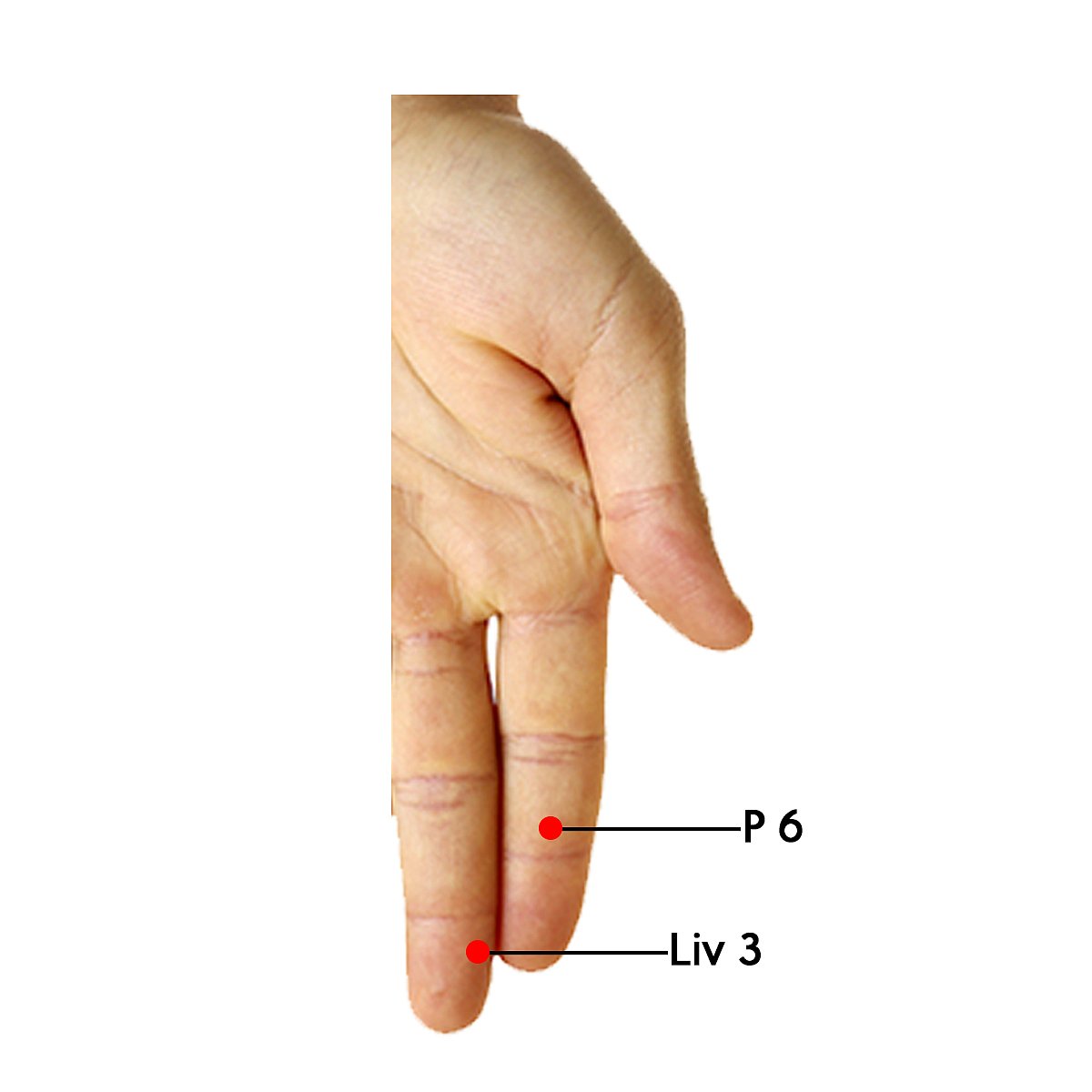
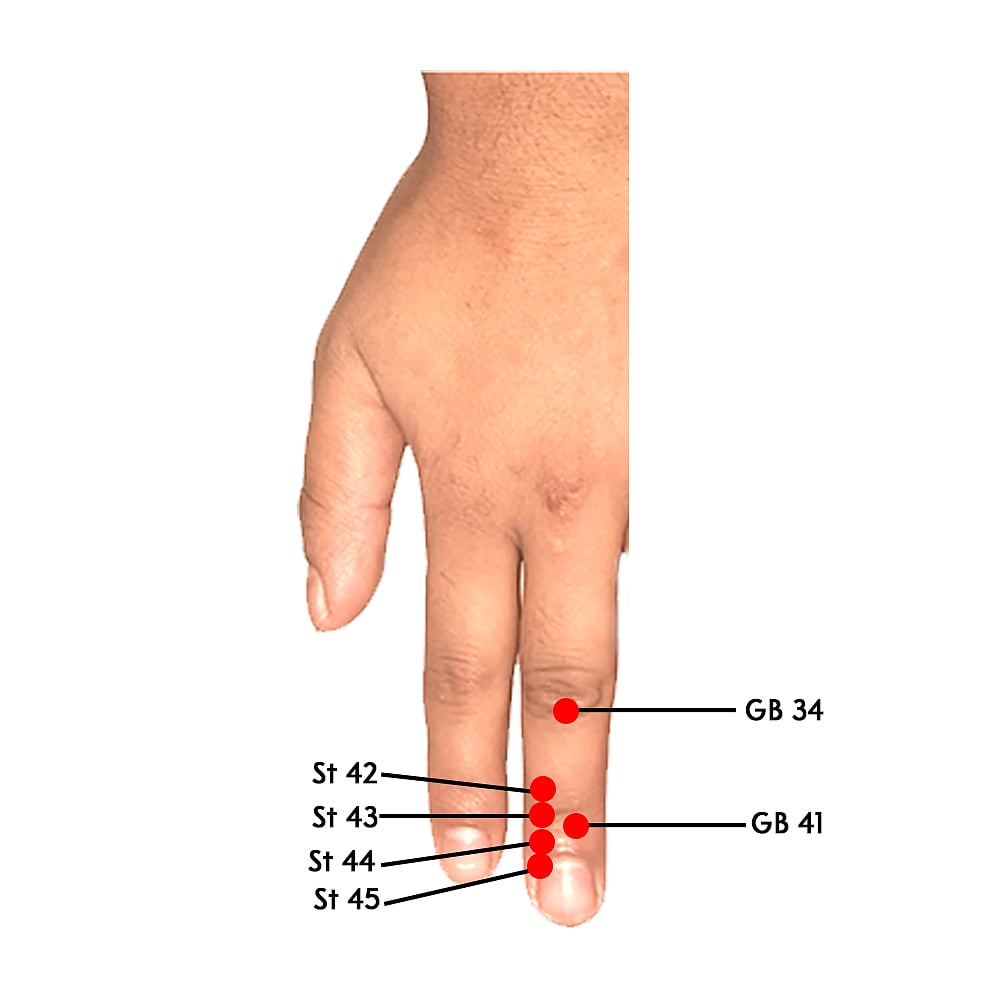
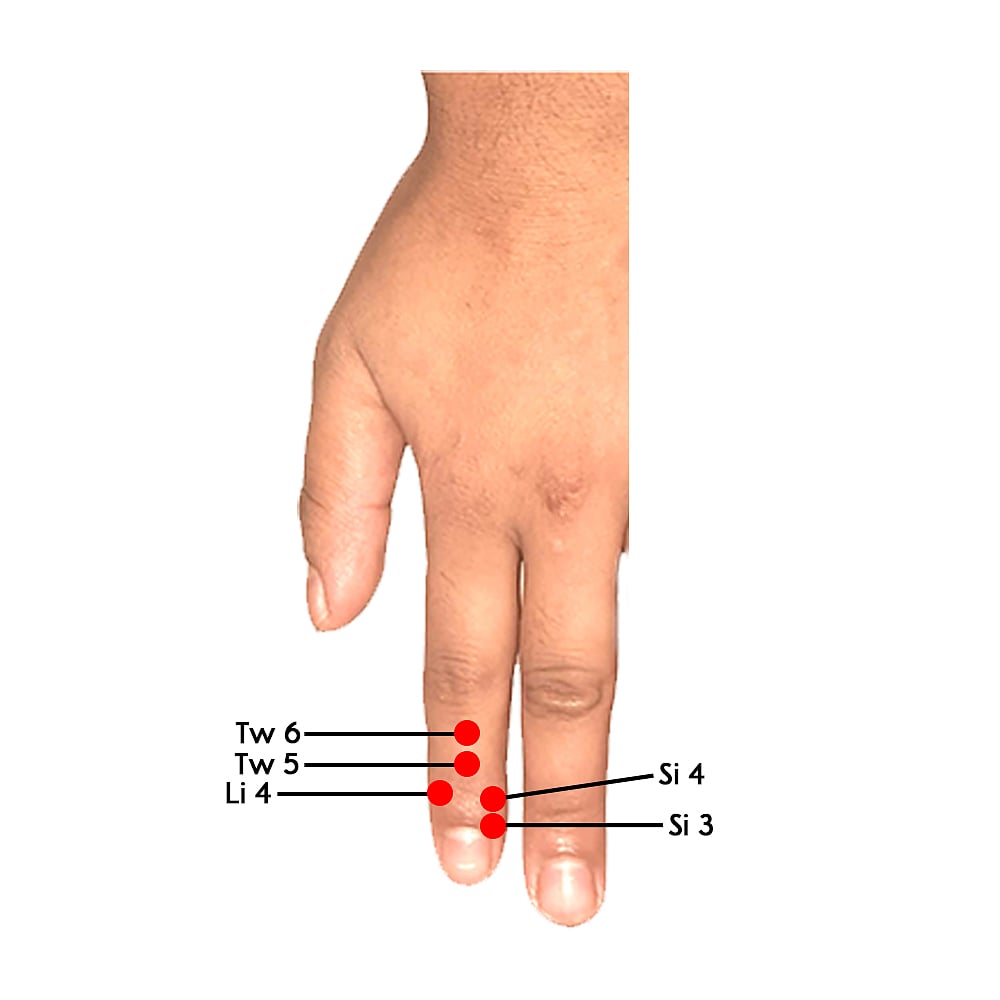

(Lions Club of Mumbai ACTION and the Management of the Free Press Journal are working on making people Atamnirbhar. Stich in Time Saves Nine. Free Training in Sujok Therapy, Ayurved Acupressure and Mudra Therapy available every Monday 7 PM to 8 PM Meeting ID: 4793331908; Password: healing. You can also share your problems by writing to us at eatures@fpj.co.in; lionsclubofaction@gmail.com or send a WhatsApp at 9323178565.)

